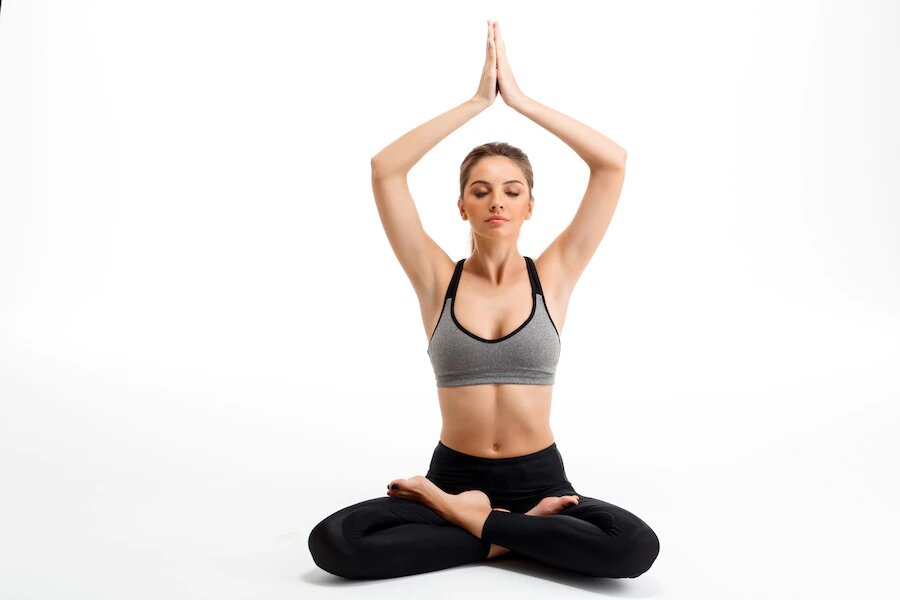According to Patanjali’s Yoga Sutras, written nearly 2,000 years ago, the second limb of yoga is the Niyamas. There are 5 Niyamas of Yoga. The Niyamas and Yamas are quite different. Niyamas are daily observances that guide us to show a life full of gratefulness. These observances, which include purity, contentment, self-discipline, self-study, and surrender, show us how to be fully present to life in each moment. The practice of the Niyamas is like our yoga practice—we show up every day and do our best.
So, what do the Niyamas represent?
Niyamas of Yoga: SAUCHA
Saucha, purity, invites us to keep our bodies, minds, and thoughts clean. In yoga we use cleansing not just for the physical body but for our thoughts so that we can cultivate mindfulness. Cleansing removes residue that has built up in our lives. Perhaps you need to cleanse emotional residue by letting go of grudges or past experiences. Or maybe you would benefit from giving up mental residue by living in the moment rather than the past or future.
Saucha challenges us to look at all aspects of our life where we might be carrying unnecessary burdens or building up residue and to allow ourselves to be clean and pure.
Niyamas of Yoga: SANTOSHA
Santosha, contentment, challenges us to be happy and content with what we have. We live in a world that is constantly telling us what we don’t have, what we should have and how we will be happier based on material things. Santosha tells us to stop looking to the outside world and instead be content with what we already have in our possession.
When you look inward, you see that you already have everything that you need. To practice contentment is to practice gratitude for each and every moment, quality, and experience you have every day.
Niyamas of Yoga: TAPAS
Tapas literally means heat but also means self-discipline. The Niyama of Tapas teaches us to slowly burn away our less desirable traits such as laziness, selfishness and ego to make room for growth.
When we practice Tapas we are practicing the art of self-discipline by doing things like our daily yoga practice, eating nourishing foods, and practicing compassion. When we do these things we slowly dissipate what we don’t need to better enable us to live our passion and continue our journey of growth.
Niyamas of Yoga: SVADHYAYA
Svadhyaya, self-study, teaches us to become an observer of our bodies and minds. When I think of Svadhyaya, I think of those Russian Matryoshka—you know, those nesting dolls that consist of a series of dolls in graduated sizes hidden within one another.
When you start to remove the outer layers, eventually you reach the core, which is the original doll. We need to unpack the larger copies of ourselves until we reach our core, which is our divine essence. We practice self-study through our yoga practice and our meditation practice and being mindful throughout the day as we interact with others and ourself. Do not be afraid of what you might find or see when you practice self-study and do not shut out the unpleasant parts of yourself. Just observe them.
Niyamas of Yoga: ISHVARA PRANIDHANA
Ishvara Pranidhana, or surrender, is more than the practice of savanasa at the end of yoga class. To surrender is to accept the creative force behind our life, our universal consciousness, at work. Through this Niyama we are taught to meet life with courage and to accept each moment with an open heart. Surrender teaches us that there is purpose in everything and to let go of attachments. We cannot control the moment and when we acknowledge this and let go of control we can move through life lightly.
In summary, the niyamas are tools that we can use to decipher our world around us. They guide us to a life with less suffering. Yoga taught me that the niyamas aren’t untouchable and can be accessed by everyone. Anyone can be present with the use of the niyamas.
Reference: https://yogainternational.com/article/view/yoga-philosophy-basics-the-5-niyamas



